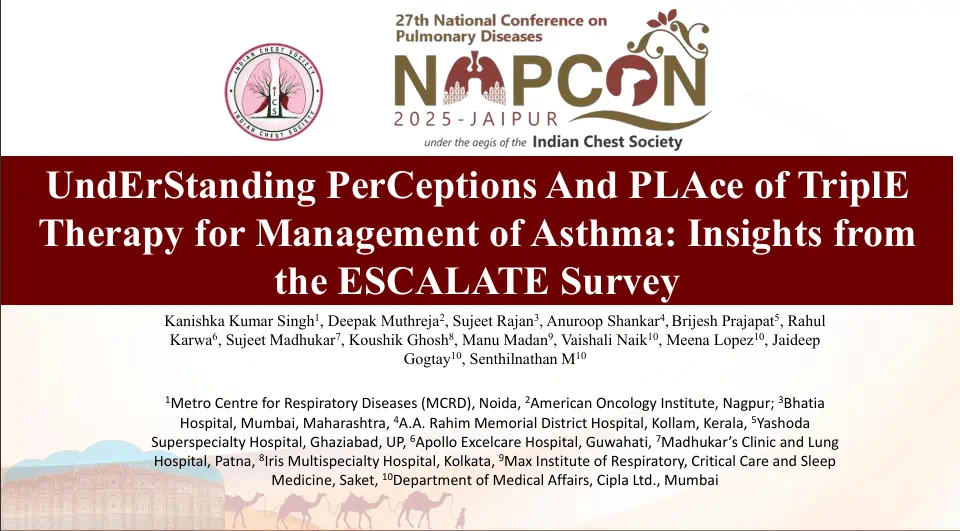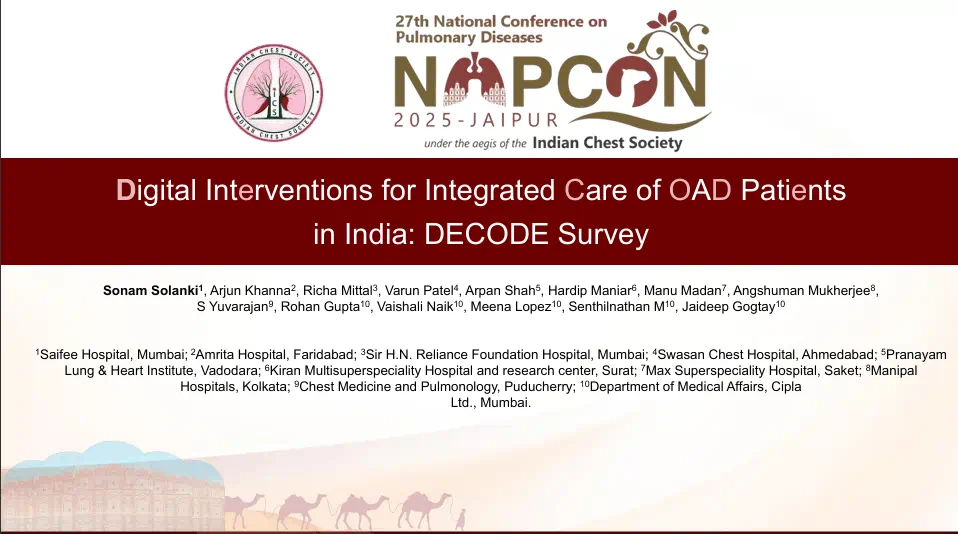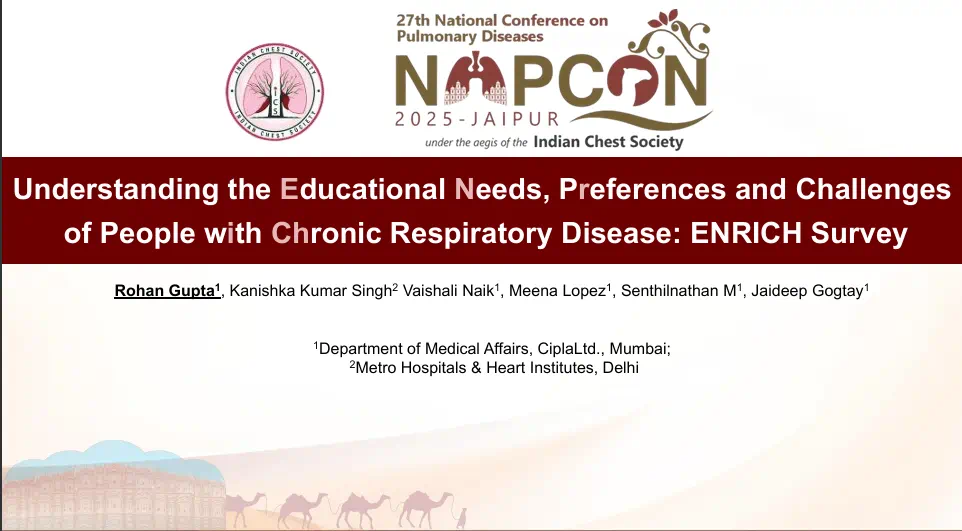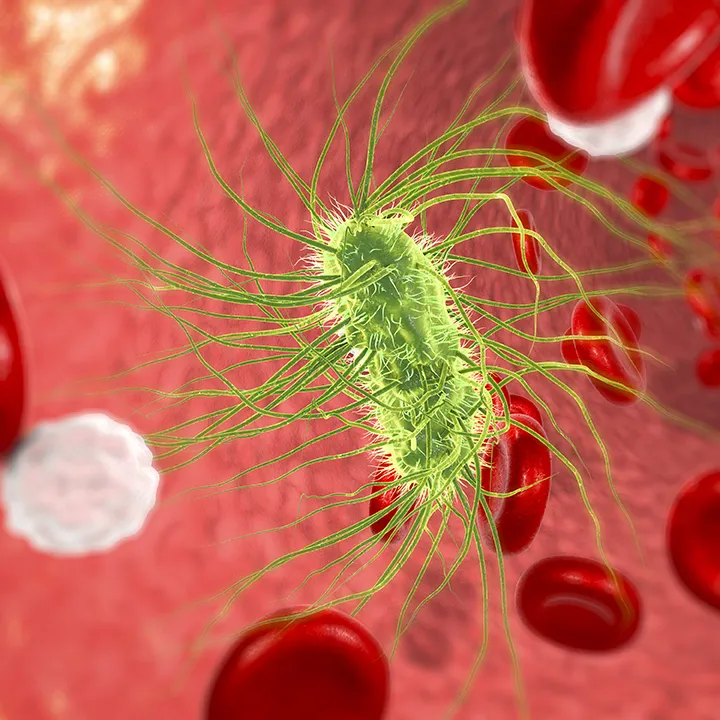Real-world Tolerability & Adverse Effects of Dolutegravir Treatment in HIV-Positive Patients
Introduction
The National AIDS Control Organization (NACO) recommends Dolutegravir (DTG) as the preferred treatment for individuals living with HIV, given its effectiveness against both HIV types 1 and 2. DTG works by inhibiting integrase activity, thereby blocking HIV replication, and is suitable for both first-line and second-line treatment regimens.
Aim
To examine the clinical profile of HIV-positive individuals receiving DTG and assess the AEs associated with DTG usage.
Patient Profile
Patients aged >18 years receiving the DTG regimen
Method
- A prospective observational study conducted at the ART center of King Edward Memorial Hospital, a tertiary care facility located in India.
- N= 319 participants
- HIV-positive patients receiving DTG-based ART regimens were studied.
- Key parameters assessed included treatment adherence, and CD4 count.
- Patients were monitored for six months to track the occurrence of comorbidities and adverse events (AEs).
Result
- In the study, 31.0% of subjects had a history of or current tuberculosis (TB), 24.1% were hypertensive, and 13.2% had diabetes mellitus (DM). Additionally, 1.9% had bronchial asthma, while both thyroid disorders and ischemic heart disease (IHD) were present in 1.3% of subjects each.
- There was an increase in mean CD4 count in PLHIV after receiving DTG based regimen, p=0.0392.
- A portion of participants encountered AEs associated with prolonged ART usage.
- However, no patient required drug discontinuation due to DTG-related adverse events.
Figure 1: Clinical features of patients before receiving DTG & six months after DTG
- Neuropsychiatric symptoms (headaches and mood fluctuations)
- 3.1% patients had headaches
- 0.84% patients had mood disturbances
- New-onset mood disturbances were reported in 0.94% study subjects receiving DTG
- Adverse Events Distribution
- The most common drug-related ADEs among patients receiving DTG were weight gain, elevated liver function, hyperlipidemia & hyperglycemia
- 26.95% of study subjects had weight gain
- The average weight gain over six months was 4.01 kg
- 15 % of study subjects exhibited elevated liver enzymes
- Among those with LFT abnormalities, 77.02% experienced a self-resolution to normal levels without intervention, while 22.98% continued to have deranged LFTs
Table 1 : Proportion of patients experiencing ADEs after receiving DTG
|
ADEs |
No. of patients receiving DTG |
|
Weight gain |
86 |
|
Elevated liver function test |
48 |
|
Hyperlipidemia |
46 |
|
Hyperglycemia |
27 |
|
Fatigue/myalgia/arthralgia |
39 |
|
Gastrointestinal complaints |
26 |
|
Headache |
10 |
|
Rash |
6 |
|
Elevated renal function test |
3 |
Conclusion
- DTG is well-tolerated by HIV patients, which improves adherence to ART and boosts immune function.
- Common ADEs linked to DTG include weight gain, hyperlipidemia, hyperglycemia, and liver enzyme abnormalities, along with some neuropsychiatric symptoms. All ADEs were manageable and not life-threatening.
- It is advised that individuals with HIV undergo screening and treatment for non-communicable diseases like diabetes mellitus and hypertension, as well as communicable diseases such as TB.
Reference
Cureus.2024.16;6: e62522










